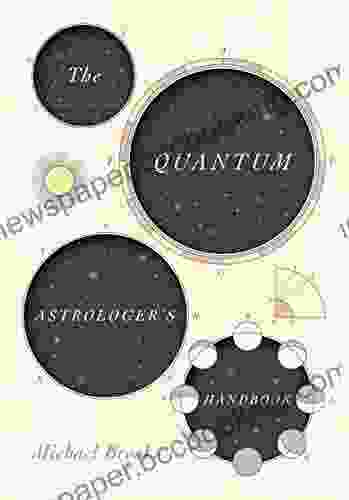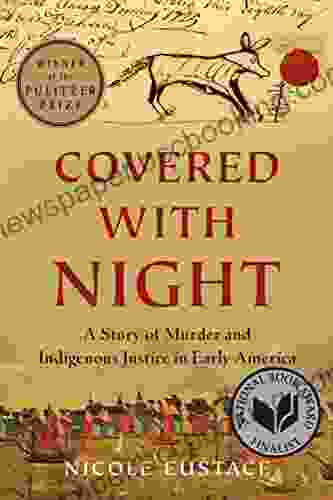Journey Through the Renaissance: Uncovering the Origins of Imaginary Numbers

4.3 out of 5
| Language | : | English |
| File size | : | 453 KB |
| Text-to-Speech | : | Enabled |
| Screen Reader | : | Supported |
| Enhanced typesetting | : | Enabled |
| Word Wise | : | Enabled |
| Print length | : | 240 pages |
In the vibrant tapestry of human intellectual history, the Renaissance stands as a beacon of enlightenment, where art, science, and philosophy flourished. Amidst this remarkable era, a captivating chapter unfolded in the realm of mathematics, leading to the birth of a concept that would forever transform the discipline: imaginary numbers.
Join us on an enthralling journey through the Renaissance, as we explore the genesis of imaginary numbers and trace their profound impact on mathematics, physics, and engineering. Delve into the minds of brilliant mathematicians, witness their groundbreaking work, and gain a deep-seated understanding of this enigmatic concept that continues to shape our world today.
The Dawn of a New Era
As the Middle Ages drew to a close and the Renaissance dawned, Europe experienced a resurgence of interest in classical learning and a renewed spirit of inquiry. In mathematics, this period marked a departure from the static and practical knowledge of the past towards a more dynamic and abstract approach.
One of the key catalysts for this mathematical revolution was the rediscovery of ancient Greek texts, particularly the works of Euclid and Archimedes. These ancient writings sparked a fascination with geometry and the study of numbers, laying the foundation for the mathematical advancements that would follow.
The Search for Solutions
One of the central challenges facing Renaissance mathematicians was the solution of cubic equations. These equations, involving variables raised to the power of three, had long perplexed scholars. Traditional methods often failed to yield solutions, leaving mathematicians frustrated and seeking new approaches.
In the mid-16th century, Italian mathematician Girolamo Cardano published his groundbreaking treatise, "Ars Magna", which presented a general method for solving cubic equations. Cardano's work was a major breakthrough, but it also contained a peculiar finding: some equations had solutions involving the square root of negative numbers.
Enter Imaginary Numbers
Faced with this unusual result, mathematicians of the time struggled to make sense of these so-called "impossible" numbers. Negative numbers had already been accepted, but the concept of a number that was both a square and negative seemed paradoxical.
It was not until the 17th century that the idea of imaginary numbers began to gain acceptance. René Descartes, a French mathematician and philosopher, introduced the notion of the "imaginary unit", denoted by the symbol "i." Descartes defined i as the square root of -1, and he showed that imaginary numbers could be used to solve a wide range of mathematical problems.
The Power of Imaginaries
As the concept of imaginary numbers matured, mathematicians began to appreciate their remarkable power and versatility. Imaginary numbers proved to be essential for solving problems in geometry, analysis, and algebra. They also found applications in physics, engineering, and other fields.
In physics, imaginary numbers are used to represent the complex plane, which is used to describe phenomena such as alternating current and wave propagation. In engineering, imaginary numbers are essential for analyzing electrical circuits and signal processing.
Today, imaginary numbers are an indispensable tool in numerous scientific and engineering disciplines. They have played a pivotal role in the development of quantum mechanics, electromagnetism, and computer science. Their discovery marked a profound shift in our understanding of numbers and their applications, expanding the boundaries of human knowledge.
The birth of imaginary numbers in the Renaissance was a pivotal moment in the history of mathematics. What began as an enigmatic paradox evolved into a powerful tool that has shaped our understanding of the world. From solving cubic equations to describing complex phenomena in physics, imaginary numbers have proven their worth time and again.
As we continue to explore the vast frontiers of mathematics, we stand on the shoulders of those Renaissance pioneers who dared to venture into the unknown. Their discoveries and insights continue to inspire and guide us, reminding us of the boundless possibilities that lie within the realm of human thought.
To delve deeper into the fascinating world of imaginary numbers and their applications, we invite you to explore the following resources:
- Wikipedia: Imaginary Number
- Khan Academy: Imaginary and Complex Numbers
- Encyclopedia Britannica: Imaginary Number
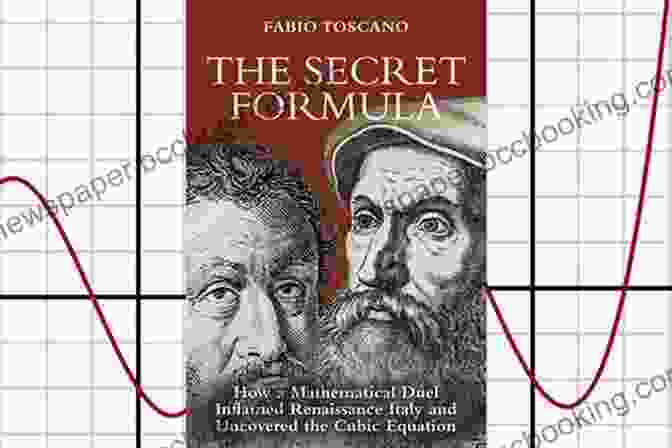
This article is for informational purposes only and does not constitute professional advice. Please consult a qualified professional for personalized guidance.
4.3 out of 5
| Language | : | English |
| File size | : | 453 KB |
| Text-to-Speech | : | Enabled |
| Screen Reader | : | Supported |
| Enhanced typesetting | : | Enabled |
| Word Wise | : | Enabled |
| Print length | : | 240 pages |
Do you want to contribute by writing guest posts on this blog?
Please contact us and send us a resume of previous articles that you have written.
 Book
Book Novel
Novel Page
Page Chapter
Chapter Text
Text Story
Story Genre
Genre Reader
Reader Library
Library Paperback
Paperback E-book
E-book Magazine
Magazine Newspaper
Newspaper Paragraph
Paragraph Sentence
Sentence Bookmark
Bookmark Shelf
Shelf Glossary
Glossary Bibliography
Bibliography Foreword
Foreword Preface
Preface Synopsis
Synopsis Annotation
Annotation Footnote
Footnote Manuscript
Manuscript Scroll
Scroll Codex
Codex Tome
Tome Bestseller
Bestseller Classics
Classics Library card
Library card Narrative
Narrative Biography
Biography Autobiography
Autobiography Memoir
Memoir Reference
Reference Encyclopedia
Encyclopedia Walt Bachman
Walt Bachman Julian Mcdougall
Julian Mcdougall Warren Berger
Warren Berger Karen Dillon
Karen Dillon Lisa J Amstutz
Lisa J Amstutz Kurt Koontz
Kurt Koontz Julia Nissley
Julia Nissley Nicholas Wapshott
Nicholas Wapshott Kailyn Lowry
Kailyn Lowry Karen Woods Weierman
Karen Woods Weierman Keith Dunnavant
Keith Dunnavant Karen Frost
Karen Frost Richard Connell
Richard Connell Kamal Saleem
Kamal Saleem Michael Renshaw
Michael Renshaw Kate Beaton
Kate Beaton Tara Lazar
Tara Lazar June Mcleod
June Mcleod Judy Christie
Judy Christie Julia Indichova
Julia Indichova
Light bulbAdvertise smarter! Our strategic ad space ensures maximum exposure. Reserve your spot today!
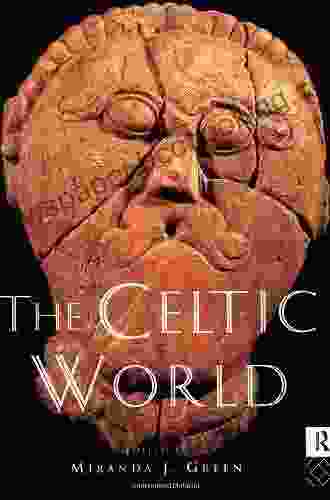
 Chuck MitchellUnveiling the Enchanting World of the Celts: The Celtic World by Routledge...
Chuck MitchellUnveiling the Enchanting World of the Celts: The Celtic World by Routledge... Edgar Allan PoeFollow ·15.3k
Edgar Allan PoeFollow ·15.3k Alan TurnerFollow ·5.8k
Alan TurnerFollow ·5.8k Darius CoxFollow ·10.9k
Darius CoxFollow ·10.9k Patrick HayesFollow ·15.5k
Patrick HayesFollow ·15.5k Dan BellFollow ·12k
Dan BellFollow ·12k Nathaniel PowellFollow ·11.3k
Nathaniel PowellFollow ·11.3k Grayson BellFollow ·14.3k
Grayson BellFollow ·14.3k Milton BellFollow ·2k
Milton BellFollow ·2k

 Drew Bell
Drew BellLife and Death in West Africa: A Groundbreaking Account...
A Journey Through...
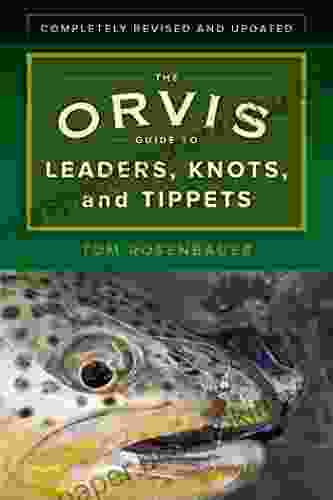
 Stanley Bell
Stanley BellMaster the Art of Fly Fishing Line Management: A...
Are you an avid fly...

 Ernest Powell
Ernest PowellUnleash Your Entrepreneurial Spirit: A Comprehensive...
In the competitive...

 Derrick Hughes
Derrick HughesMaster Your Ride: The Ultimate Guide to Road Bike...
Are you ready to elevate your cycling...

 Camden Mitchell
Camden MitchellUnveiling the Enchanting World of American Royals III:...
Embark on a Captivating Royal Saga: American...

 Richard Simmons
Richard SimmonsUnveiling the Secrets of Fly Tying: A Comprehensive...
In the realm of...
4.3 out of 5
| Language | : | English |
| File size | : | 453 KB |
| Text-to-Speech | : | Enabled |
| Screen Reader | : | Supported |
| Enhanced typesetting | : | Enabled |
| Word Wise | : | Enabled |
| Print length | : | 240 pages |


